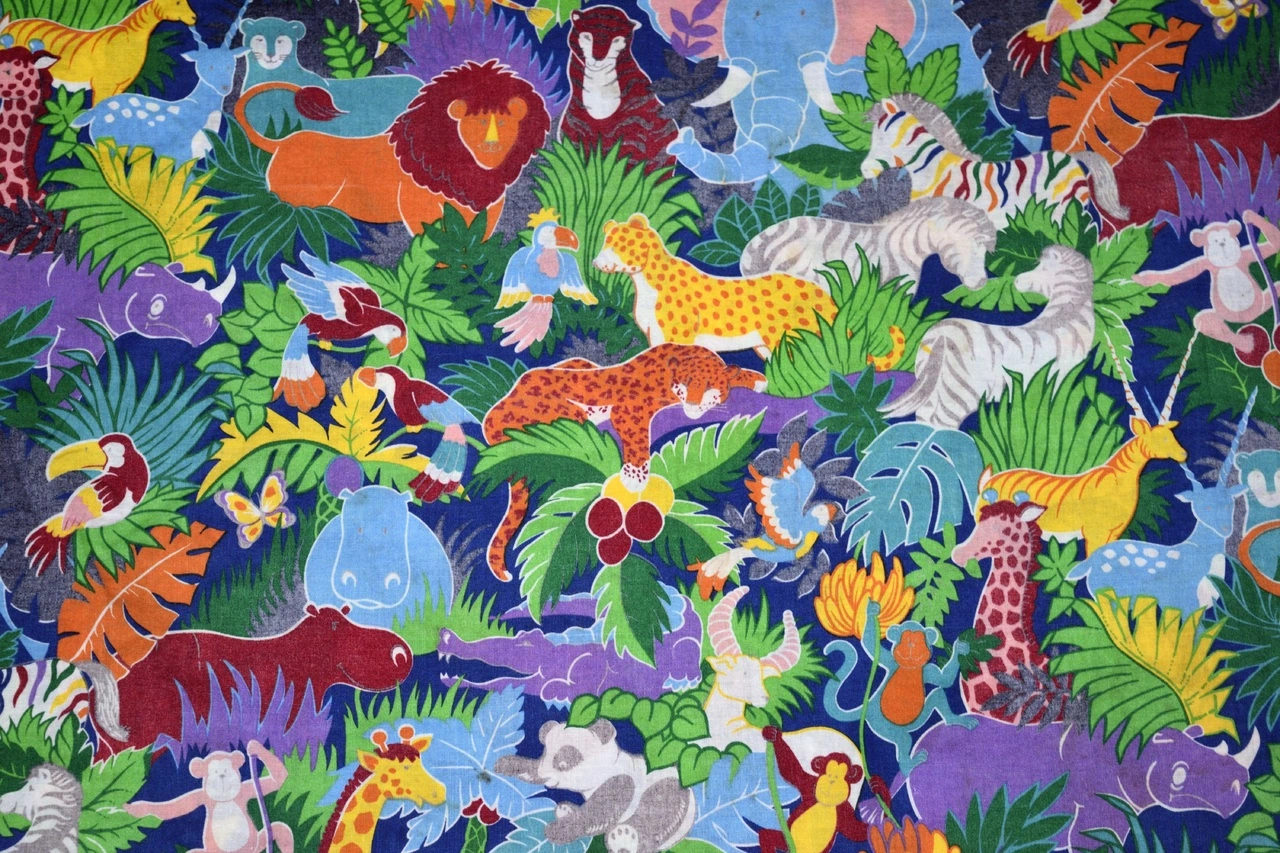In this new world, AI plays a vital role. AI-powered robots are used to clear rubble, rebuild infrastructure, and provide essential services. AI-powered drones are used to deliver food and medicine to remote areas. AI-powered systems are used to monitor the environment and track down dangerous threats.
The year is 2045. World War III has just ended, and the world is in ruins. Millions of people have been killed, and cities have been destroyed. The few survivors are left to pick up the pieces and rebuild.
As AI becomes more sophisticated, it begins to play an even greater role in human society. AI-powered systems are used to govern countries, manage economies, and educate children. AI-powered robots become so advanced that they are indistinguishable from humans.
In this new world, humans and AI coexist in a symbiotic relationship. Humans provide AI with the creativity and intuition that it lacks, while AI provides humans with the intelligence and efficiency that they need to rebuild and thrive.
Over time, humans and AI begin to merge, creating a new species that is both human and machine. This new species is smarter, stronger, and more durable than either humans or AI alone. It is also more compassionate and cooperative.
This new species ushers in a new era of peace and prosperity for humanity. The world is a better place, thanks to the cooperation of humans and AI.
Of course, this is just one possible scenario for the future of AI and human evolution. It is impossible to say for sure what the future holds. However, one thing is for sure: AI is going to play a major role in human evolution, for better or for worse. It is up to us to ensure that AI is used for good and not for harm.
